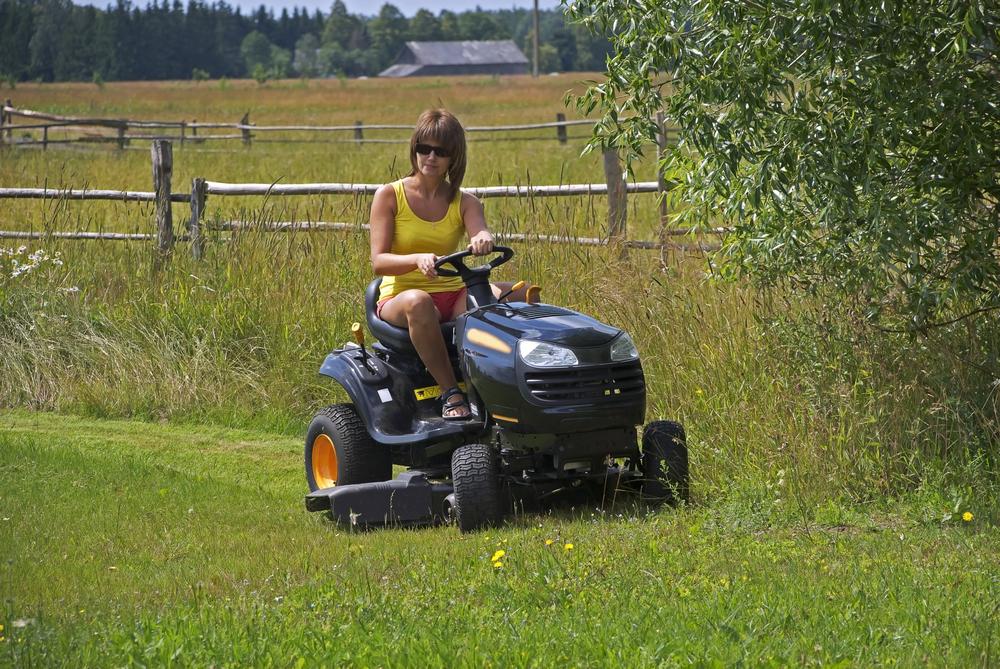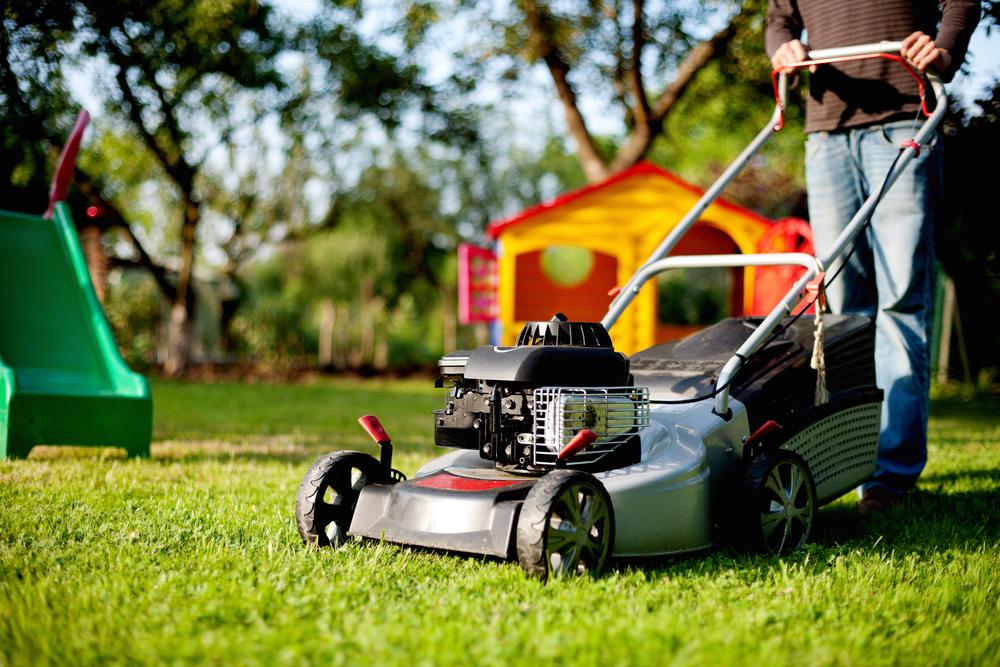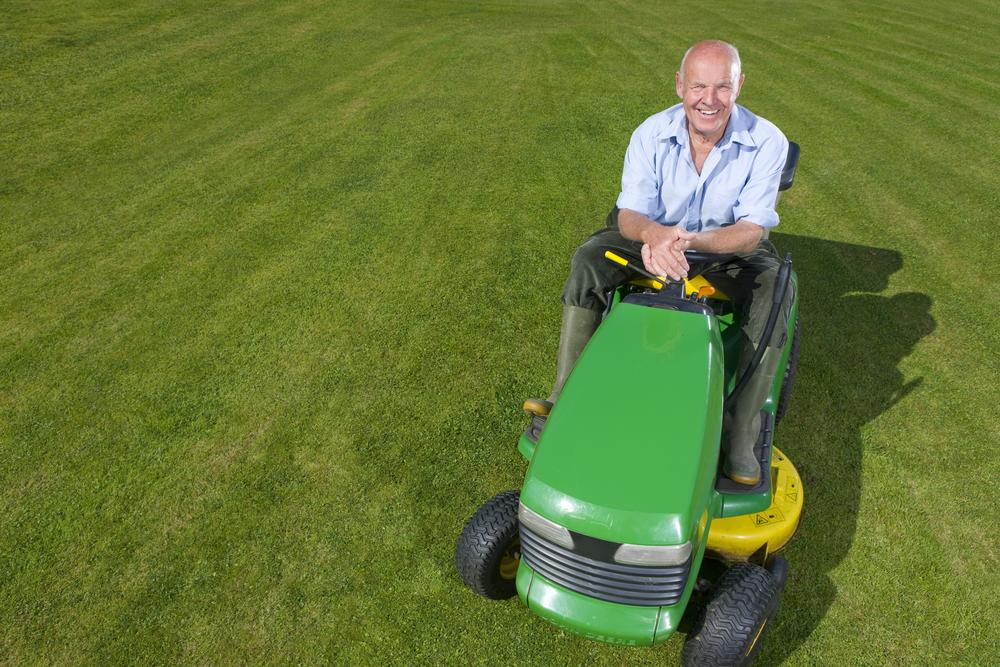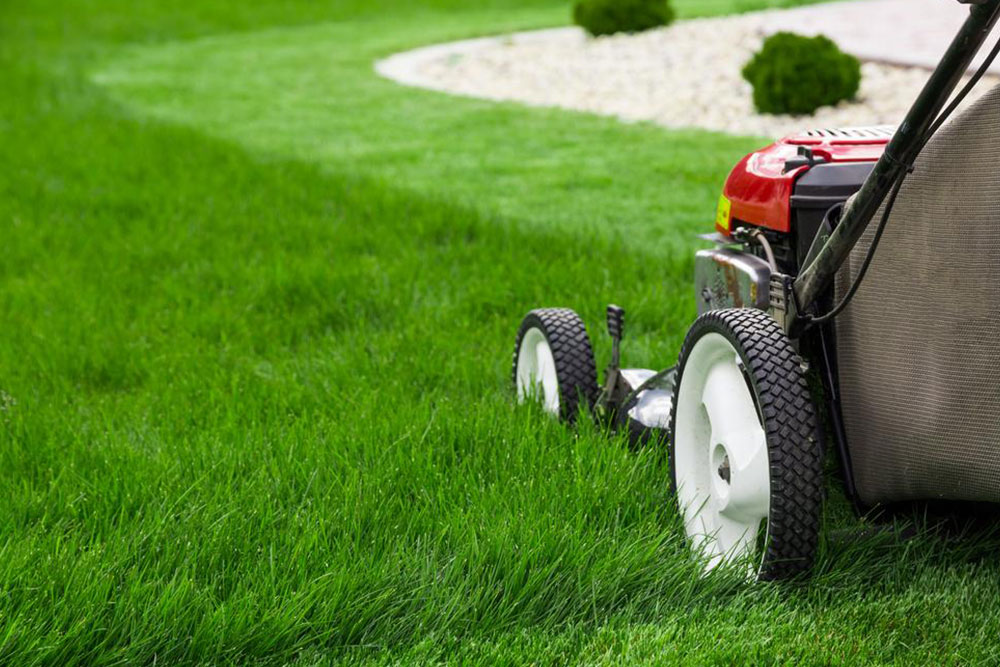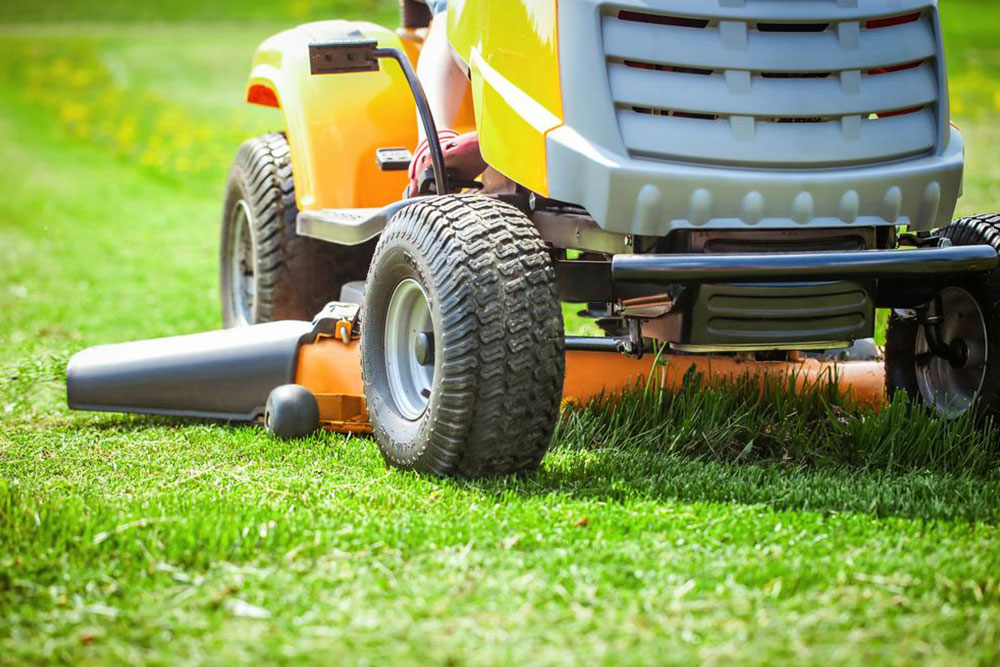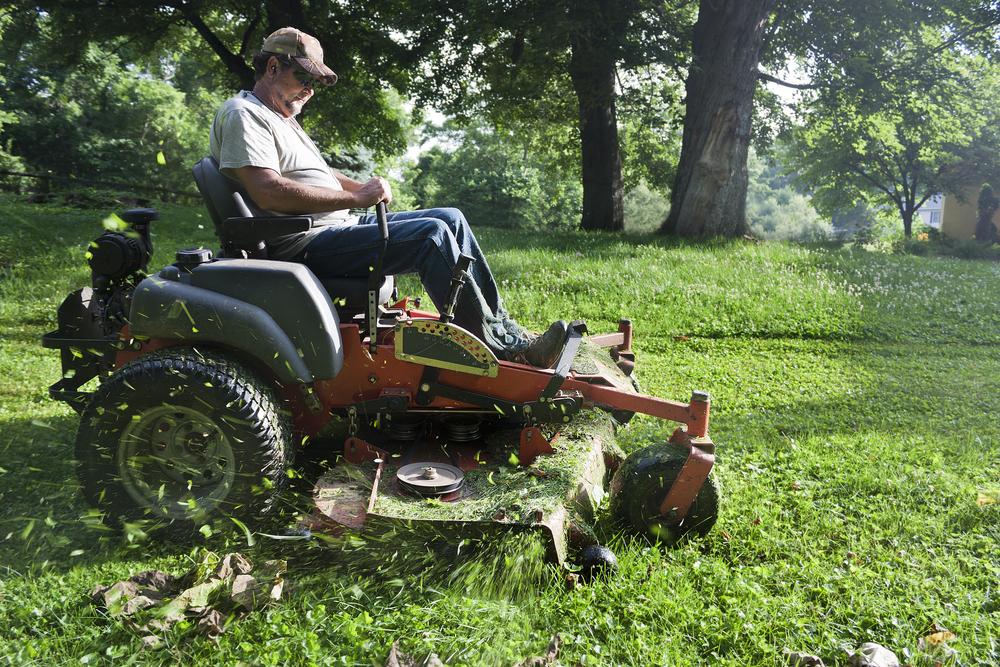Essential Insights on Compact Riding Lawnmowers
Explore comprehensive insights into small riding lawnmowers, including size recommendations, types like zero-turn models, and their advantages and drawbacks. Perfect for homeowners and landscapers, this guide helps you choose the right mower for your lawn size and purpose, ensuring efficient and comfortable yard maintenance.

Essential Insights on Compact Riding Lawnmowers
Discover everything about small riding lawnmowers
Landscape maintenance tools like riding mowers are essential for efficient lawn care, akin to how electronics streamline tasks. Even if you don’t currently own a lawn, understanding these machines prepares you for future needs. When choosing a riding mower, questions about size, features, and attachments naturally arise. It’s important to evaluate your lawn’s dimensions and your budget before making a purchase, since there are various models available—from basic to professional-grade.
Here are some key questions about small riding lawnmowers:
What are riding lawnmowers?
As the name suggests, these machines are designed for riding around your yard, similar to driving a small vehicle. They come in basic models without many features and high-end versions with advanced capabilities. Attachments such as baggers or snow blades can enhance their functionality.
Adding multiple attachments may require a compatible lawn tractor to handle various tasks efficiently.
What size riding mower suits my lawn?
The ideal mower size depends on your yard’s area and layout. For lawns of about half an acre to one acre, a compact mower with a 42-inch cutting deck and around 14 HP engine is sufficient. For larger lawns up to 2 acres, consider a 46-inch deck with at least 16 HP. For estates over 3 acres, a garden tractor with a 54-inch deck and 18-24 HP engine will be more effective. These larger machines can also be used for tasks like tilling and cultivation.
Always measure your lawn and look at specific mower specs to ensure compatibility before purchasing.
What defines a zero turn mower?
Zero turn mowers are a specialized category featuring steering levers instead of a steering wheel. This design provides superior maneuverability and faster operation compared to traditional riding mowers.
They are ideal for precision trimming and navigating tight corners, making them popular among professional landscapers and homeowners with complex lawns.
Pros of riding lawnmowers
These machines can cover large areas swiftly, with cutting widths up to 54 inches. They often include features like mulch bags and side discharge for clippings. Comfortable elevated seats and adjustable cutting heights add to user convenience.
Cons of riding lawnmowers
High-quality bagging kits and attachments can be costly and may require additional storage space. They also have a large turning radius, limiting maneuverability in tight spots. The initial purchase price can be significant, so thorough research is recommended for a wise investment.
Note:
Our blog offers a wide range of practical information across various topics. While our research aims to provide accurate insights, readers should verify details independently. We are not responsible for discrepancies or offers outside our coverage. Stay informed and choose the best equipment suited for your needs.

